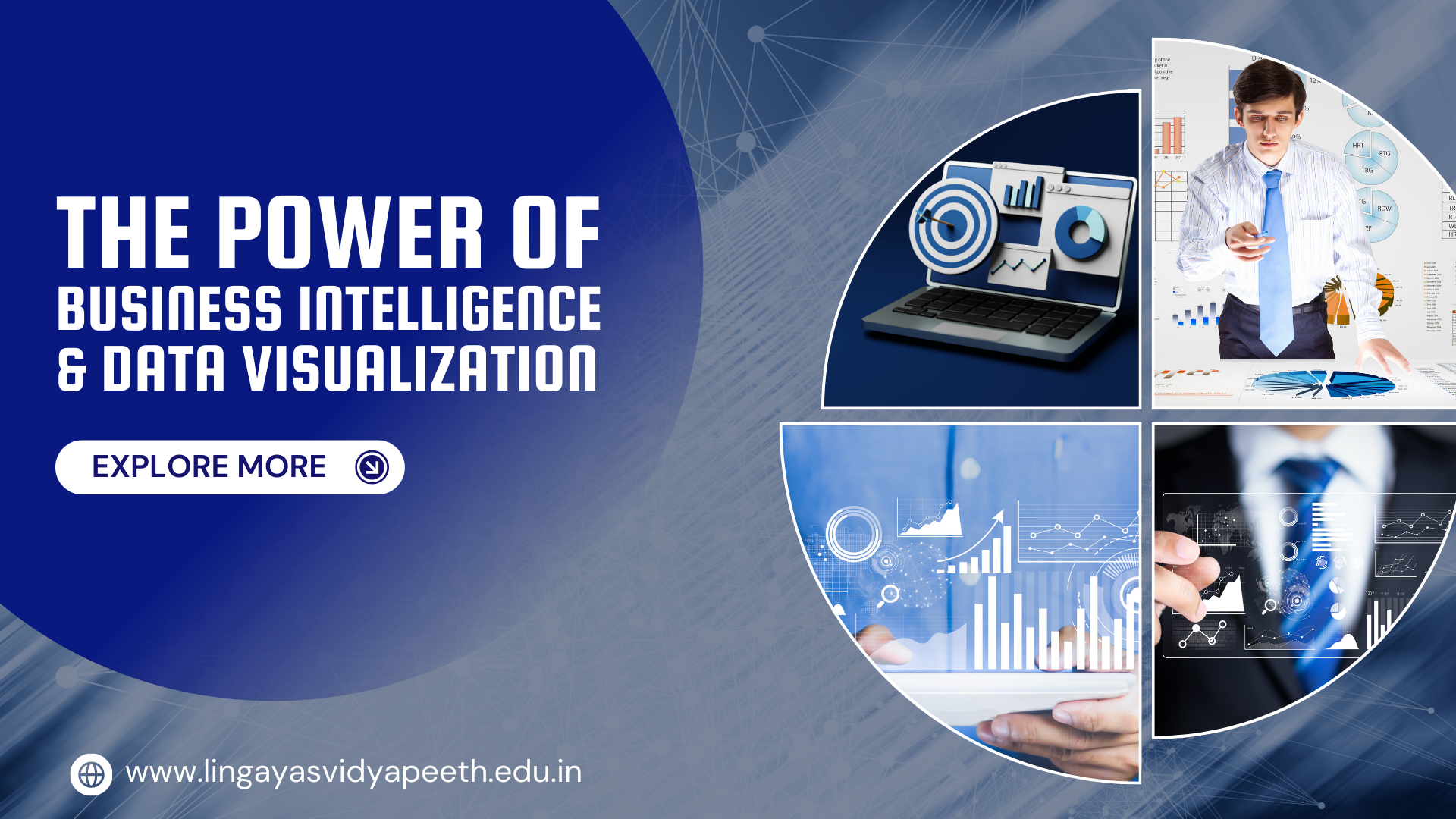Home » How Business Intelligence and Data Visualization Drive Smart Decisions?

In today’s data-driven world, the ability to make informed decisions is critical to the success of any organization. Business Intelligence (BI) and Data Visualization are powerful tools that help businesses transform raw data into actionable insights. These tools not only enhance decision-making but also provide a competitive edge in an increasingly complex market.
This blog explores the role of Business Intelligence and Data Visualization in decision-making, highlighting their benefits, applications, and the skills needed to leverage them effectively.
Business Intelligence refers to the technologies, applications, and practices used to collect, integrate, analyze, and present business information. The primary goal of BI is to support better business decision-making by providing stakeholders with a comprehensive view of their organization’s data. BI systems can include data mining, process analysis, performance benchmarking, and descriptive analytics, among other tools.
Data Visualization is the graphical representation of data. It involves using visual elements like charts, graphs, and maps to present data in a way that is easy to understand and interpret. Visualization is a crucial component of BI as it enables decision-makers to see analytics presented visually, which helps in identifying patterns, trends, and outliers in data.
Used Dark Data for Strategic Business Decisions
Investment Analysis: Strategies for Maximizing Returns
In an era where data is often referred to as the new oil, the ability to harness Business Intelligence and Data Visualization for informed decision-making is more important than ever. These tools empower organizations to make data-driven decisions that can improve efficiency, enhance customer satisfaction, and drive growth.
For management students and professionals, developing skills in BI and Data Visualization is essential for staying competitive in the modern business landscape. By mastering these tools and techniques, you can unlock the full potential of your organization’s data, turning insights into action and making more informed, strategic decisions.
As businesses continue to embrace digital transformation, the importance of data-driven decision-making will only increase. By leveraging the power of BI and Data Visualization, organizations can navigate the complexities of today’s market with confidence and agility, ensuring long-term success and sustainability.
Written by
Tanya Mishra
BBA-5th Semester
School of Commerce and Management
Lingaya’s Vidyapeeth
Best Management Colleges in Delhi NCR
RECENT POSTS
CATEGORIES
TAGS
Agriculture Agriculture future AI Architecture artificial intelligence BA English BA Psychology BTech CSE BTech Engineering Business management career Career-Specific Education career guide Career Opportunities career option career scope Civil engineering commerce and management Computer Science Computer science engineering Data science degree education Engineering Engineering students English Literature english program Exam tips Fashion Design Fashion design course Higher Education Journalism journalism and mass communication law Law career Machine Learning MA Psychology Master degree mathematics MBA Mechanical Engineering Pharmacy Psychology Research and Development students
University Address: Nachauli, Jasana Road, Faridabad, Haryana
Toll Free: 1800-120-4613
Mobile : 8447744303 | 8447744304 | 8447744306 | 8447744309
Address: C-72, Second Floor, Shivalik, Near Malviya Nagar,
Above HDFC Bank, New Delhi 110017
Ph.No. - 011-46570515 / 45138169 / 41755703 / +91-7303152412
Jagmani Kutir, Ground Floor, Road No-1, Rajeev Nagar,
Near Darbar Marriage Hall, Patna-800024, Bihar
Contact No: 9818352069/8130120095
Mail: [email protected]
Copyrights © 1998 - 2025 Lingaya's Vidyapeeth (Deemed To Be University). All rights reserved.
It is important to note that the following email IDs and domains are fraudulent and do not belong to our university.
LV only conducts physical/online verification of any document related to examination on the following email id: